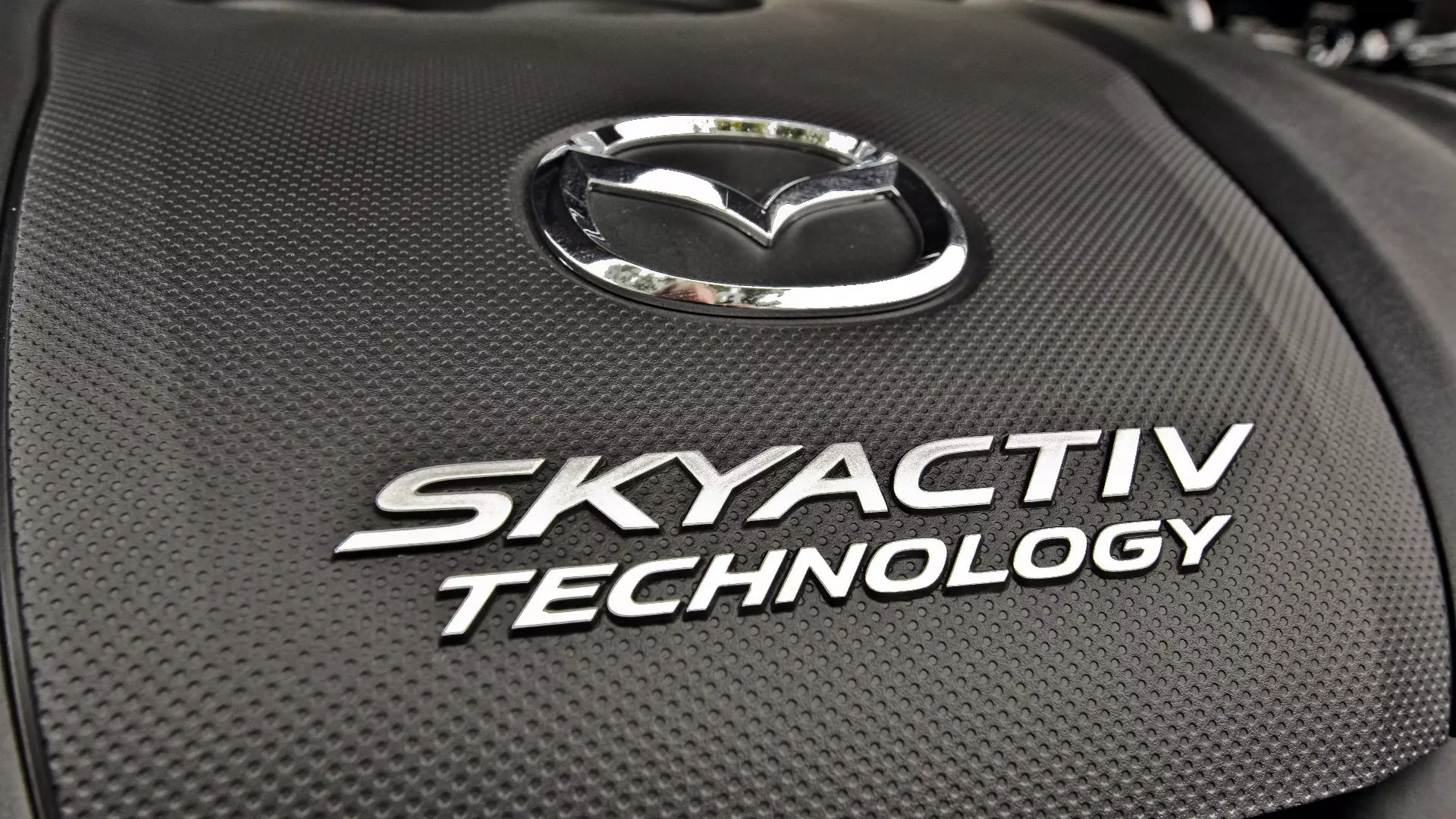With the exception of the Mazda3, which will be replaced in 2019, all other Mazda models, ordered from now on and with the first deliveries coming in July, will already comply with the Euro 6d-TEMP emission standard — which everyone will have to comply with. obligatorily from September 1, 2019 — which includes the most demanding WLTP test cycle, such as the RDE, which is carried out on public roads.
Particle filter no thanks
Contrary to what we have reported to other builders, compliance with the most demanding standards and tests, will not involve the addition of anti-particle filters to Mazda gasoline engines. , identified as SKYACTIV-G.

Once again, Mazda's approach, distinct from the rest of the industry, of betting on higher-capacity, naturally aspirated engines with record compression ratios, is proving to be an advantage. However, there was a need to make some changes to the engines to handle the RDE tests.
Changes made to the SKYACTIV-G — with capacities of 1.5, 2.0 and 2.5 l — involved increasing the injection pressure, redesigning the piston head, as well as improving the air/fuel flow inside the combustion chamber. Also friction losses were reduced, and the refrigeration system was optimised.
FOLLOW US ON YOUTUBE Subscribe to our channel
Diesel in compliance
You SKYACTIV-D have also undergone changes to conform. Introduced in 2012, they were already compatible with the Euro 6 standard, two years before it came into effect and without the need for a selective catalytic reduction (SCR) system.The more demanding Euro 6d-TEMP forced extensive changes in 2.2 SKYACTIV-D and the adoption of the SCR system (and by addition it needs AdBlue). Among the changes made to the thruster are a redesigned combustion chamber, a variable geometry turbo for the largest turbocharger, new thermal management and what Mazda defines as Rapid Multi-Stage Combustion, which incorporates new piezo injectors.
New 1.8 SKYACTIV-D
As we reported recently, the 1.5 SKYACTIV-D leaves the scene, and in its place comes a new 1.8 SKYACTIV-D. The increase in capacity is justified by allowing a maximum combustion pressure lower than the 1.5, a reduction further reinforced by the combination of high and low pressure exhaust gas recirculation. Result: lower combustion chamber temperature, one of the main ingredients for the production of the infamous NOx emissions.
The other benefit is that the new 1.8 doesn't need an SCR system to comply — it just needs a simpler NOx trap.
